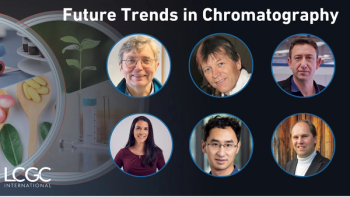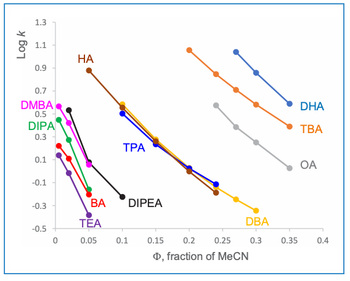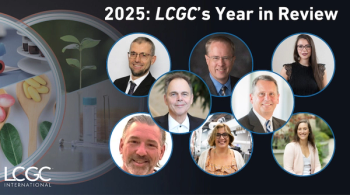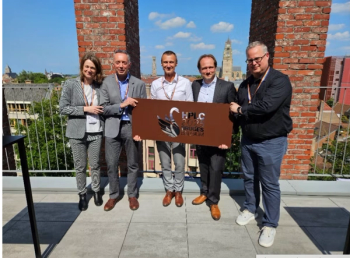Key Points:
- Pirok emphasized the importance of developing robust 2D chromatography methods, highlighting strategies such as optimizing system stability and carefully selecting conditions to ensure reproducible results.
- In the interview, Pirok discussed the critical role of retention-time alignment in achieving accurate data interpretation, sharing practical approaches and tools that help maintain consistency across multiple analyses.
- Pirok explored how machine learning and AI can support tasks like peak tracking, pattern recognition, and workflow automation, particularly in handling complex data sets and improving the effectiveness of separations.
At the HPLC 2025 conference in Bruges, LCGC International interviewed Bob Pirok about recent advancements and ongoing challenges in comprehensive two-dimensional liquid chromatography. In this interview, Pirok shares his insights into strategies for enhancing method robustness, discusses the significance of retention-time alignment, and reflects on practical approaches for tracking peaks across complex data sets. He also explores the role of machine learning in modern chromatography workflows and offers his perspective on how emerging technologies can contribute to more effective separations, particularly when working with highly complex samples.
Bob answered the following questions:
• What strategies do you find most effective for improving the robustness of your 2D chromatography methods?
• How important is retention-time alignment in your workflow, and what methods or practices do you use to achieve it effectively?
• What challenges do you face in tracking peaks across multiple 2D chromatograms, and how do you currently address them?
• What have you explored using machine machine learning in your chromatography research?
• What do you consider key to making 2D chromatography separations more effective when dealing with highly complex samples?
• What positive impact could AI/machine learning have for the chromatography community?





